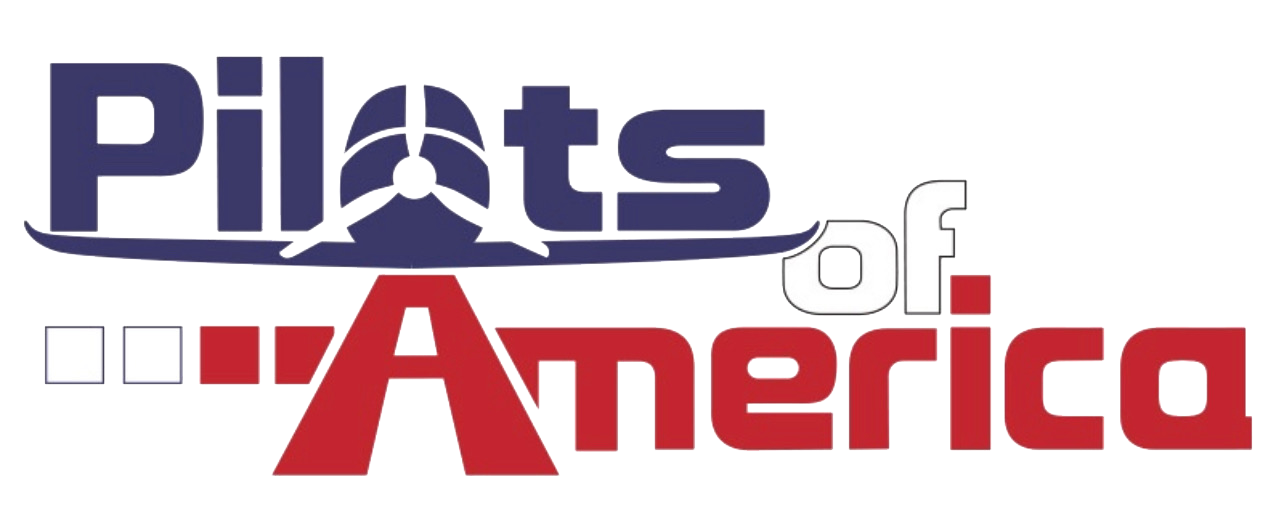Good day ladies , gents
From SA , not a real world pilot unfortunately, but love planes.
You see, ever since i started with simming those round things in the cockpit had some magic for me, and still does.
I read and study almost anything concerning air navigation, charts etc..(In the sim only use VORs, NDB , watch ...- Dont even know how to work a GPS- Takes away all that magic ) so thats why this site is like a goldmine for me
) so thats why this site is like a goldmine for me
Even took a short 10 question IR test from KINGS last night I found on the Web. (That was after reading so many posts about you guys taking the test)
My question is this, will I be allowed sometimes to ask a question, related to navigation, here on the forum even if I am not a pilot.
Either way, will keep enjoy reading her
Be safe
From SA , not a real world pilot unfortunately, but love planes.
You see, ever since i started with simming those round things in the cockpit had some magic for me, and still does.
I read and study almost anything concerning air navigation, charts etc..(In the sim only use VORs, NDB , watch ...- Dont even know how to work a GPS- Takes away all that magic
Even took a short 10 question IR test from KINGS last night I found on the Web. (That was after reading so many posts about you guys taking the test)
My question is this, will I be allowed sometimes to ask a question, related to navigation, here on the forum even if I am not a pilot.
Either way, will keep enjoy reading her
Be safe
